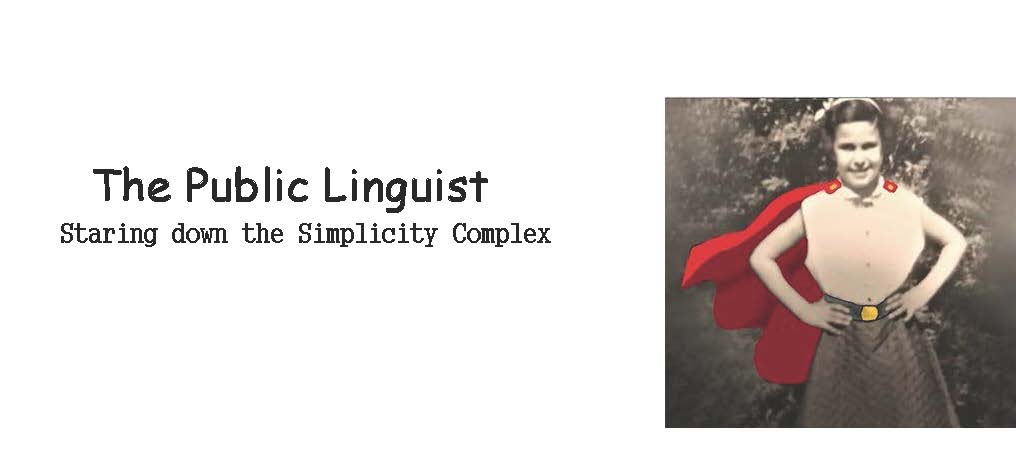It’s one of my favorite Queen songs – Don’t Stop Me Now.
And these paintings of these old white men on the wall, and their mouths are moving too.
Oh, I get it. They’re Freddie Mercury wannabees.
No. it’s the pharmaceutical giant Pfizer's idea of what a high-profile message about the power of “science” and the history of science should look like.
Historically, Americans’ trust in science has been fraught. A longstanding, populist (some would say, a healthy) suspicion of elites and experts runs deep in American political culture. PEW Research Center’s research look at Americans’ trust in science is sobering. About ¼ (27%) say that they have “not too much” trust or confidence. Overall, 57% of Americans say science has had a mostly positive effect on society, down 16 points since before the start of the coronavirus outbreak.
As trust in scientists has fallen, distrust has grown: Roughly a quarter of all Americans (27%) vs 12% in 2020 say they have “not too much” or “no confidence” in scientists to act in the public’s best interest.
4 in 10 Republicans (38%) now say they have not too much or no confidence at all in scientists to act in the public’s best interests, and less than half of them (47%) see science as having had a mostly positive effect on society. (For a richer understanding of these important trends, see the full PEW Research Report, Americans’ Trust in Scientists, Positive Views of Science Continue to Decline.
Why would Pfizer think that using images from predominantly Western philosophical, theological, and scientific traditions, and with a touch of light-heartedness, communicate the power of science to the millions watching the Super Bowl?
These images may be iconic for an educated elite who went to schools with paneled walls lined with austere portraiture and walked among precious marbles on one of their many museum assignments.
For many others, these images are, at best, meaningless and, at worst, triggering colonialist empires, hegemony, and a continued refusal to acknowledge the innovation found in every country and peoples of the world.
After all, they’re a multi-billion dollar giant. Is that the answer?





No comments:
Post a Comment